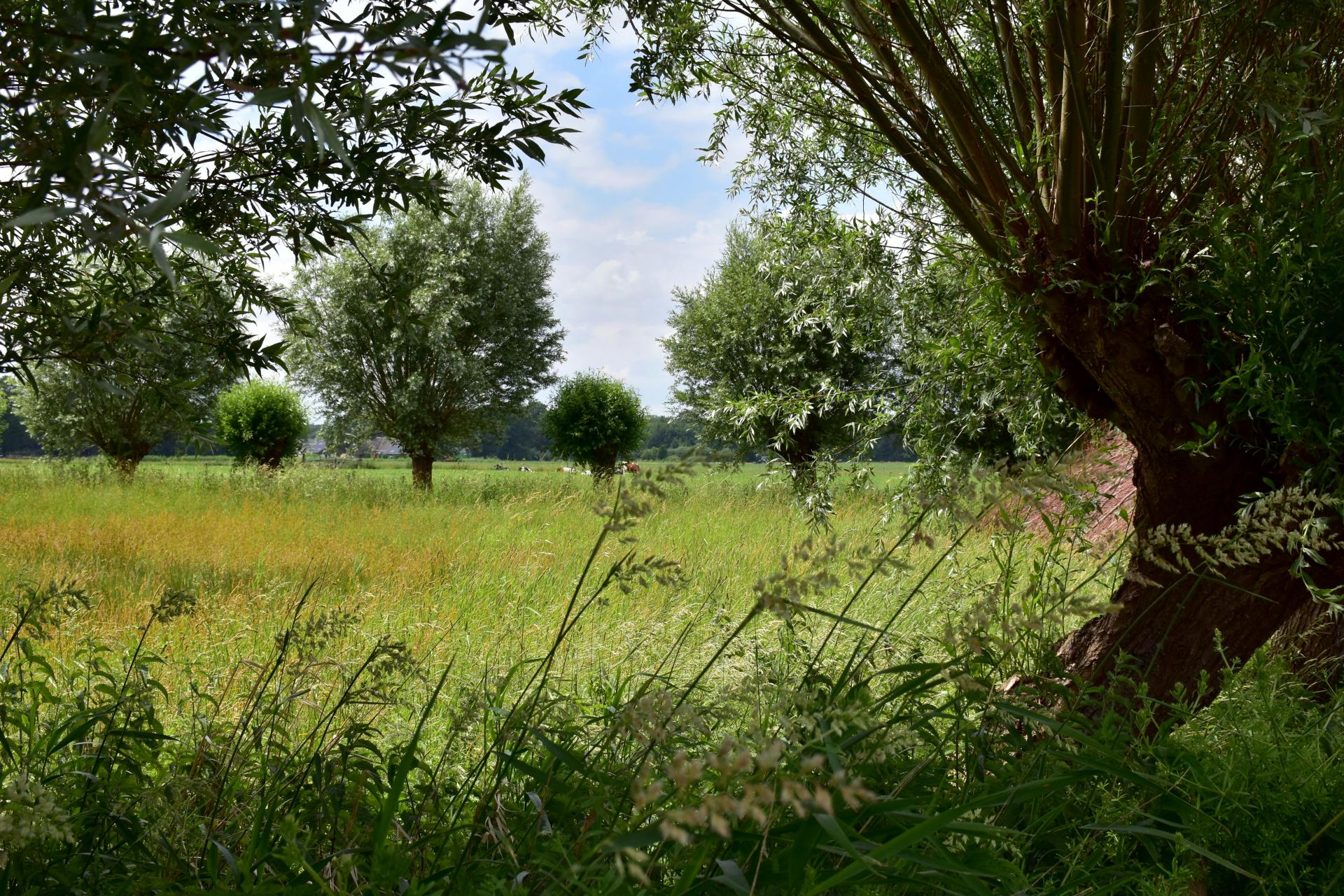You are here
Be A Better Gardener: Rethinking Lawns
Be A Better Gardener: Rethinking Lawns
by Thomas Christopher
For too long the debate about the lawn’s place in the American landscape has had just two positions: pro or con. Environmentalists have pointed to the toxins that lawns introduce into our ecosystems and their high cost in inputs such as fertilizers and gallons of gas burned annually by lawnmowers, insisting that they should be eliminated. Most homeowners and many landscape managers have dug in their heels. They like the practicality of turf as a hard-wearing groundcover ideal for children’s play and appreciate lawns as a neat setting for their homes and gardens. The result has been an impasse.
Now, however, some skilled and imaginative people in Chicago are proposing a third alternative, one that could help our landscapes cope with the challenges of climate change, boost local ecosystems, and still satisfy lawn lovers. They have dubbed their project, appropriately, “Rethinking Lawns.”
I recently spoke to one of the leaders of this project, Dr. Becky Barak. She’s an assistant conservation scientist at the Chicago Botanic Garden and an adjunct professor in the Program in Plant Biology and Conservation at Northwestern University. Becky has experience in both the scientific and the practical. She studies seed biology and biodiversity in restored tallgrass prairies, and how decisions are made for restoration, particularly for seed mix design. For this project, she has teamed up with personnel from the Chicago Park District and Dr. Rebecca Tonietto, an assistant professor at the University of Michigan - Flint who studies native bees and plants that support them in urban and restored landscapes, with a focus on how we can make our cities more hospitable to them. The common thread among these contributors stood out: all combine a knowledge of the science of habitats and ecological restoration with practical, hands-in-the-dirt experience.
The land on which the city of Chicago now stands was originally a patchwork of prairie, oak forest, savannah (a landscape of grassland studded with trees), and wetland. In short, an ideal place to explore what domesticated grassland could be. Almost all of Illinois’ original prairie has been converted to farmland or building lots, but the Chicago Botanic Garden’s scientists and horticulturists have been leaders in preserving the scraps that remained and deeply involved in restoration efforts that have brought back tens of thousands of acres of prairie in the area surrounding the city. This understanding of how a grassland functions naturally has been fundamental to the work of “Rethinking Lawns.”
Even the most fervent admirers of the classic Kentucky bluegrass lawn have had to admit that it isn’t the best landscape treatment for coping with the weather extremes that climate change has brought to many areas of the United States in recent years. Its shallow roots, which commonly reach just a couple of inches into the soil, make it very vulnerable to droughts, which are becoming a more common experience in many regions. Nursing such a lawn through a spell of dry weather involves lavish amounts of irrigation, which commonly puts an unsupportable strain on already stressed water supply systems.
Prairie grasses and flowers commonly have very deep roots that may penetrate as much as 15 feet into the soil, which makes them far more effective at finding moisture during times of scarcity. Because the roots open channels into the soil, the prairie vegetation is also more effective at absorbing excess water during episodes of extreme precipitation, something else that is becoming common in many areas. Shallow-rooted Kentucky bluegrass is poor at handling this extreme as well.
Rethinking Lawns has been planting test plots of alternative lawn vegetation at the Chicago Botanic Garden and in nearby city parks since 2022. Becky Barak told me that they have been evaluating deeper-rooted turf grasses such as fine fescues as well as clover lawns. What she is most enthusiastic about, however, are the “mini meadows” she has been helping to design.
These are combinations of short-growing native prairie grasses and flowers that can create a lawn-like look while also coping better with water shortages and excesses. They also foster native insects such as bees and butterflies, so that they help enrich the urban ecosystem. Becky doesn’t think mini meadows will replace traditional mown lawns in areas that must support foot traffic, but she sees no reason why the two types of landscape treatment cannot coexist, even in different areas of the same landscape.
To listen to my conversation with Becky Barak, log onto the Berkshire Botanical Garden’s “Growing Greener” podcast at BerkshireBotanical.org.
Be-a-Better-Gardener is a community service of Berkshire Botanical Garden, located in Stockbridge, Mass. Its mission, to provide knowledge of gardening and the environment through a diverse range of classes and programs, informs and inspires thousands of students and visitors each year. Thomas Christopher is a volunteer at Berkshire Botanical Garden and is the author or co-author of more than a dozen books, including Nature into Art and The Gardens of Wave Hill (Timber Press, 2019). He is the 2021 Garden Club of America's National Medalist for Literature, a distinction reserved to recognize those who have left a profound and lasting impact on issues that are most important to the GCA. Christopher’s companion broadcast to this column, Growing Greener, streams on WESUFM.org, Pacifica Radio and NPR and is available at berkshirebotanical.org/growinggreener.
Help Our Garden Grow!
Your donation helps us to educate and inspire visitors of all ages on the art and science of gardening and the preservation of our environment.
All donations are 100 percent tax deductible.


